先看下AI的介绍
在Spring 5.3.x中,BeanFactoryPostProcessor是一个重要的接口,用于在Spring IoC容器实例化任何bean之前,读取bean的定义(配置元数据),并可能对其进行修改。以下是关于BeanFactoryPostProcessor的详细介绍:
1. 接口定义与功能
接口定义:BeanFactoryPostProcessor是Spring提供的一个接口,它允许用户自定义逻辑以修改或扩展容器内部的功能。
功能:在BeanFactory实例化之后、其他Bean被创建之前,执行一些自定义的修改或增强操作。这包括修改BeanDefinition(bean的定义信息),如修改属性、添加或删除bean等。
2. 使用方法
实现接口:要使用BeanFactoryPostProcessor,你需要创建一个类来实现这个接口,并重写其中的postProcessBeanFactory(ConfigurableListableBeanFactory beanFactory)方法。
注册:将你的BeanFactoryPostProcessor实现注册为Spring容器中的一个bean。这通常可以通过XML配置文件、Java配置类或注解(如@Bean)来完成。
3. 子接口BeanDefinitionRegistryPostProcessor
定义:BeanDefinitionRegistryPostProcessor是BeanFactoryPostProcessor的一个子接口,它添加了一个额外的方法postProcessBeanDefinitionRegistry(BeanDefinitionRegistry registry)。
功能:除了可以修改BeanDefinition之外,它还可以注册新的bean定义到容器中。
4. 执行顺序
如果有多个BeanFactoryPostProcessor或BeanDefinitionRegistryPostProcessor,可以通过设置order属性或实现Ordered接口来定义它们的执行顺序。
5. 示例
示例代码可能包括一个实现BeanFactoryPostProcessor接口的类,以及一个将其注册为Spring bean的配置类或注解。这个类中的postProcessBeanFactory方法会包含自定义的修改或增强逻辑。
6. 与其他接口的区别
BeanFactoryPostProcessor和BeanPostProcessor都是Spring初始化bean时对外暴露的扩展点,但它们的作用和使用场景不同。BeanFactoryPostProcessor主要关注于修改或增强BeanFactory和BeanDefinition,而BeanPostProcessor则关注于Bean实例化前后的操作。
7. 总结
BeanFactoryPostProcessor是Spring框架中一个非常有用的接口,它允许你在Spring IoC容器实例化bean之前,对bean的定义进行自定义的修改或增强。通过实现这个接口并注册你的实现类,你可以扩展Spring容器的功能,满足更复杂的应用需求。
根据BeanFactoryPostProcessor的介绍,创建几个测试类:
A类
通过扫描增加,BeanFactoryPostProcessor 实现类
package org.springframework.example.BFPP;
import org.springframework.beans.BeansException;
import org.springframework.beans.factory.config.BeanFactoryPostProcessor;
import org.springframework.beans.factory.config.ConfigurableListableBeanFactory;
import org.springframework.stereotype.Component;
/**
* 简单实现
*/
@Component
public class A implements BeanFactoryPostProcessor {
@Override
public void postProcessBeanFactory(ConfigurableListableBeanFactory beanFactory) throws BeansException {
System.out.println("A scan");
}
}
B类
通过扫描增加,实现BeanFactoryPostProcessor, PriorityOrdered类
package org.springframework.example.BFPP;
import org.springframework.beans.BeansException;
import org.springframework.beans.factory.config.BeanFactoryPostProcessor;
import org.springframework.beans.factory.config.ConfigurableListableBeanFactory;
import org.springframework.core.PriorityOrdered;
import org.springframework.stereotype.Component;
@Component
public class B implements BeanFactoryPostProcessor, PriorityOrdered {
@Override
public void postProcessBeanFactory(ConfigurableListableBeanFactory beanFactory) throws BeansException {
System.out.println("B scan, priorityOrdered 0");
}
@Override
public int getOrder() {
return 0;
}
}
B1类
通过扫描增加,实现BeanFactoryPostProcessor, PriorityOrdered类,排序靠后
package org.springframework.example.BFPP;
import org.springframework.beans.BeansException;
import org.springframework.beans.factory.config.BeanFactoryPostProcessor;
import org.springframework.beans.factory.config.ConfigurableListableBeanFactory;
import org.springframework.core.PriorityOrdered;
import org.springframework.stereotype.Component;
@Component
public class B1 implements BeanFactoryPostProcessor, PriorityOrdered {
@Override
public void postProcessBeanFactory(ConfigurableListableBeanFactory beanFactory) throws BeansException {
System.out.println("B1 scan, priorityOrdered 1");
}
@Override
public int getOrder() {
return 1;
}
}
C类
通过扫描增加,实现BeanFactoryPostProcessor, Ordered 类
package org.springframework.example.BFPP;
import org.springframework.beans.BeansException;
import org.springframework.beans.factory.config.BeanFactoryPostProcessor;
import org.springframework.beans.factory.config.ConfigurableListableBeanFactory;
import org.springframework.core.Ordered;
import org.springframework.core.PriorityOrdered;
import org.springframework.stereotype.Component;
@Component
public class C implements BeanFactoryPostProcessor, Ordered {
@Override
public void postProcessBeanFactory(ConfigurableListableBeanFactory beanFactory) throws BeansException {
System.out.println("C scan, Ordered 0");
}
@Override
public int getOrder() {
return 0;
}
}
C1类
通过扫描增加,实现BeanFactoryPostProcessor, Ordered 类,排序靠后
package org.springframework.example.BFPP;
import org.springframework.beans.BeansException;
import org.springframework.beans.factory.config.BeanFactoryPostProcessor;
import org.springframework.beans.factory.config.ConfigurableListableBeanFactory;
import org.springframework.core.Ordered;
import org.springframework.stereotype.Component;
@Component
public class C1 implements BeanFactoryPostProcessor, Ordered {
@Override
public void postProcessBeanFactory(ConfigurableListableBeanFactory beanFactory) throws BeansException {
System.out.println("C1 scan, Ordered 1");
}
@Override
public int getOrder() {
return 1;
}
}
D类
通过扫描增加,实现BeanFactoryPostProcessor的类,注解@Order
package org.springframework.example.BFPP;
import org.springframework.beans.BeansException;
import org.springframework.beans.factory.config.BeanFactoryPostProcessor;
import org.springframework.beans.factory.config.ConfigurableListableBeanFactory;
import org.springframework.core.Ordered;
import org.springframework.core.annotation.Order;
import org.springframework.stereotype.Component;
@Component
@Order(1)
public class D implements BeanFactoryPostProcessor {
@Override
public void postProcessBeanFactory(ConfigurableListableBeanFactory beanFactory) throws BeansException {
System.out.println("D scan, @Ordered 1");
}
}
E类
在测试类中,通过api增加
package org.springframework.example.BFPP;
import org.springframework.beans.BeansException;
import org.springframework.beans.factory.config.BeanFactoryPostProcessor;
import org.springframework.beans.factory.config.ConfigurableListableBeanFactory;
import org.springframework.core.annotation.Order;
import org.springframework.stereotype.Component;
public class E implements BeanFactoryPostProcessor {
@Override
public void postProcessBeanFactory(ConfigurableListableBeanFactory beanFactory) throws BeansException {
System.out.println("E parent api add");
}
}
F类
普通Bean
package org.springframework.example.BFPP;
import org.springframework.stereotype.Component;
@Component
public class F {
private String name;
@Override
public String toString() {
return "F{" +
"name='" + name + '\'' +
'}';
}
}
F1类
修改的Bean
package org.springframework.example.BFPP;
import org.springframework.stereotype.Component;
@Component
public class F1 {
private String name;
@Override
public String toString() {
return "F1{" +
"name='" + name + '\'' +
'}';
}
}
G类
其中修改了F的BeanDefinition
package org.springframework.example.BFPP;
import org.springframework.beans.BeansException;
import org.springframework.beans.factory.config.BeanDefinition;
import org.springframework.beans.factory.config.BeanFactoryPostProcessor;
import org.springframework.beans.factory.config.ConfigurableListableBeanFactory;
import org.springframework.beans.factory.support.AbstractBeanDefinition;
import org.springframework.stereotype.Component;
@Component
public class G implements BeanFactoryPostProcessor {
@Override
public void postProcessBeanFactory(ConfigurableListableBeanFactory beanFactory) throws BeansException {
AbstractBeanDefinition beanDefinition = (AbstractBeanDefinition) beanFactory.getBeanDefinition("f");
beanDefinition.setBeanClass (F1.class);
}
}
H类
扫描增加,实现了BeanDefinitionRegistryPostProcessor 的类
package org.springframework.example.BFPP;
import org.springframework.beans.BeansException;
import org.springframework.beans.factory.config.ConfigurableListableBeanFactory;
import org.springframework.beans.factory.support.BeanDefinitionRegistry;
import org.springframework.beans.factory.support.BeanDefinitionRegistryPostProcessor;
import org.springframework.stereotype.Component;
@Component
public class H implements BeanDefinitionRegistryPostProcessor {
@Override
public void postProcessBeanFactory(ConfigurableListableBeanFactory beanFactory) throws BeansException {
System.out.println("H sub-parent");
}
@Override
public void postProcessBeanDefinitionRegistry(BeanDefinitionRegistry registry) throws BeansException {
System.out.println("H sub");
}
}
I类
在J类中增加,实现了BeanDefinitionRegistryPostProcessor 的类
package org.springframework.example.BFPP;
import org.springframework.beans.BeansException;
import org.springframework.beans.factory.config.ConfigurableListableBeanFactory;
import org.springframework.beans.factory.support.BeanDefinitionRegistry;
import org.springframework.beans.factory.support.BeanDefinitionRegistryPostProcessor;
import org.springframework.stereotype.Component;
public class I implements BeanDefinitionRegistryPostProcessor {
@Override
public void postProcessBeanFactory(ConfigurableListableBeanFactory beanFactory) throws BeansException {
System.out.println("I sub-parent");
}
@Override
public void postProcessBeanDefinitionRegistry(BeanDefinitionRegistry registry) throws BeansException {
System.out.println("I sub");
}
}
J类
通过扫描增加,实现了BeanDefinitionRegistryPostProcessor 的类
package org.springframework.example.BFPP;
import org.springframework.beans.BeansException;
import org.springframework.beans.factory.config.ConfigurableListableBeanFactory;
import org.springframework.beans.factory.support.BeanDefinitionBuilder;
import org.springframework.beans.factory.support.BeanDefinitionRegistry;
import org.springframework.beans.factory.support.BeanDefinitionRegistryPostProcessor;
import org.springframework.stereotype.Component;
@Component
public class J implements BeanDefinitionRegistryPostProcessor {
@Override
public void postProcessBeanFactory(ConfigurableListableBeanFactory beanFactory) throws BeansException {
System.out.println("J sub-parent");
}
@Override
public void postProcessBeanDefinitionRegistry(BeanDefinitionRegistry registry) throws BeansException {
System.out.println("J sub add BFPP I");
BeanDefinitionBuilder builder = BeanDefinitionBuilder.genericBeanDefinition(I.class);
registry.registerBeanDefinition("i", builder.getBeanDefinition());
}
}
K类
通过扫描增加,实现了BeanDefinitionRegistryPostProcessor 、PriorityOrdered 的类
package org.springframework.example.BFPP;
import org.springframework.beans.BeansException;
import org.springframework.beans.factory.config.ConfigurableListableBeanFactory;
import org.springframework.beans.factory.support.BeanDefinitionBuilder;
import org.springframework.beans.factory.support.BeanDefinitionRegistry;
import org.springframework.beans.factory.support.BeanDefinitionRegistryPostProcessor;
import org.springframework.core.PriorityOrdered;
import org.springframework.stereotype.Component;
@Component
public class K implements BeanDefinitionRegistryPostProcessor, PriorityOrdered {
@Override
public void postProcessBeanFactory(ConfigurableListableBeanFactory beanFactory) throws BeansException {
System.out.println("k sub-parent priorityOrdered 0");
}
@Override
public void postProcessBeanDefinitionRegistry(BeanDefinitionRegistry registry) throws BeansException {
System.out.println("K sub priorityOrdered 0");
}
@Override
public int getOrder() {
return 0;
}
}
K1类
通过扫描增加,实现了BeanDefinitionRegistryPostProcessor 、PriorityOrdered 的类,排序靠后
package org.springframework.example.BFPP;
import org.springframework.beans.BeansException;
import org.springframework.beans.factory.config.ConfigurableListableBeanFactory;
import org.springframework.beans.factory.support.BeanDefinitionRegistry;
import org.springframework.beans.factory.support.BeanDefinitionRegistryPostProcessor;
import org.springframework.core.PriorityOrdered;
import org.springframework.stereotype.Component;
@Component
public class K1 implements BeanDefinitionRegistryPostProcessor, PriorityOrdered {
@Override
public void postProcessBeanFactory(ConfigurableListableBeanFactory beanFactory) throws BeansException {
System.out.println("k1 sub-parent priorityOrdered 1");
}
@Override
public void postProcessBeanDefinitionRegistry(BeanDefinitionRegistry registry) throws BeansException {
System.out.println("K1 sub priorityOrdered 1");
}
@Override
public int getOrder() {
return 1;
}
}
L类
通过扫描增加,实现了BeanDefinitionRegistryPostProcessor 、Ordered 的类
package org.springframework.example.BFPP;
import org.springframework.beans.BeansException;
import org.springframework.beans.factory.config.ConfigurableListableBeanFactory;
import org.springframework.beans.factory.support.BeanDefinitionRegistry;
import org.springframework.beans.factory.support.BeanDefinitionRegistryPostProcessor;
import org.springframework.core.Ordered;
import org.springframework.core.PriorityOrdered;
import org.springframework.stereotype.Component;
@Component
public class L implements BeanDefinitionRegistryPostProcessor, Ordered {
@Override
public void postProcessBeanFactory(ConfigurableListableBeanFactory beanFactory) throws BeansException {
System.out.println("L sub-parent Ordered 0");
}
@Override
public void postProcessBeanDefinitionRegistry(BeanDefinitionRegistry registry) throws BeansException {
System.out.println("L sub Ordered 0");
}
@Override
public int getOrder() {
return 0;
}
}
L1类
通过扫描增加,实现了BeanDefinitionRegistryPostProcessor 、Ordered 的类,排序靠后
package org.springframework.example.BFPP;
import org.springframework.beans.BeansException;
import org.springframework.beans.factory.config.ConfigurableListableBeanFactory;
import org.springframework.beans.factory.support.BeanDefinitionRegistry;
import org.springframework.beans.factory.support.BeanDefinitionRegistryPostProcessor;
import org.springframework.core.Ordered;
import org.springframework.stereotype.Component;
@Component
public class L1 implements BeanDefinitionRegistryPostProcessor, Ordered {
@Override
public void postProcessBeanFactory(ConfigurableListableBeanFactory beanFactory) throws BeansException {
System.out.println("L1 sub-parent Ordered 1");
}
@Override
public void postProcessBeanDefinitionRegistry(BeanDefinitionRegistry registry) throws BeansException {
System.out.println("L1 sub Ordered 1");
}
@Override
public int getOrder() {
return 1;
}
}
BFPPTest测试类
package org.springframework.example.BFPP;
import org.springframework.context.annotation.AnnotationConfigApplicationContext;
public class BFPPTest {
public static void main(String[] args) {
AnnotationConfigApplicationContext annotationConfigApplicationContext = new AnnotationConfigApplicationContext();
annotationConfigApplicationContext.scan("org.springframework.example.BFPP");
annotationConfigApplicationContext.addBeanFactoryPostProcessor(new E());
annotationConfigApplicationContext.addBeanFactoryPostProcessor(new E1());
annotationConfigApplicationContext.refresh();
System.out.println(annotationConfigApplicationContext.getBean("f"));
}
}
运行结果
E1 sub api add
K sub priorityOrdered 0
K1 sub priorityOrdered 1
L sub Ordered 0
L1 sub Ordered 1
H sub
J sub add BFPP I
I sub
E1 sub parent api add
k sub-parent priorityOrdered 0
k1 sub-parent priorityOrdered 1
L sub-parent Ordered 0
L1 sub-parent Ordered 1
H sub-parent
J sub-parent
I sub-parent
E parent api add
B scan, priorityOrdered 0
B1 scan, priorityOrdered 1
C scan, Ordered 0
C1 scan, Ordered 1
A scan
D scan, @Ordered 1
F1{name='null'}
可以看到执行顺序是:
1、执行实现了BeanDefinitionRegistryPostProcessor接口,通过addBeanFactoryPostProcessor 添加的类
2、执行实现了BeanDefinitionRegistryPostProcessor接口、PriorityOrdered接口的类
3、执行实现了BeanDefinitionRegistryPostProcessor接口、Ordered 接口的类
4、执行剩余实现了BeanDefinitionRegistryPostProcessor接口的类,以及后置处理中新增的BeanDefinitionRegistryPostProcessor类
5、执行实现了BeanDefinitionRegistryPostProcessor接口类的父类BeanFactoryPostProcessor的postProcessBeanFactory方法
6、执行实现了父类BeanFactoryPostProcessor接口,通过addBeanFactoryPostProcessor 添加的类
7、执行实现了父类BeanFactoryPostProcessor接口、PriorityOrdered接口的类
8、执行实现了父类BeanFactoryPostProcessor接口、Ordered 接口的类
9、其他剩余实现了BeanFactoryPostProcessor接口的类
接着来分析一下源码:
BeanFactoryPostProcessor的处理也是在AbstractApplicationContext的refresh内invokeBeanFactoryPostProcessors中,继续跟踪直到PostProcessorRegistrationDelegate–>invokeBeanFactoryPostProcessors。
发现没有,跟前面的BeanPostProcessor的处理在同一个类中
/**
* 调用BeanFactory 后置处理器
* @param beanFactory
* @param beanFactoryPostProcessors
*/
public static void invokeBeanFactoryPostProcessors(
ConfigurableListableBeanFactory beanFactory, List<BeanFactoryPostProcessor> beanFactoryPostProcessors) {
// WARNING: Although it may appear that the body of this method can be easily
// refactored to avoid the use of multiple loops and multiple lists, the use
// of multiple lists and multiple passes over the names of processors is
// intentional. We must ensure that we honor the contracts for PriorityOrdered
// and Ordered processors. Specifically, we must NOT cause processors to be
// instantiated (via getBean() invocations) or registered in the ApplicationContext
// in the wrong order.
//
// Before submitting a pull request (PR) to change this method, please review the
// list of all declined PRs involving changes to PostProcessorRegistrationDelegate
// to ensure that your proposal does not result in a breaking change:
// https://github.com/spring-projects/spring-framework/issues?q=PostProcessorRegistrationDelegate+is%3Aclosed+label%3A%22status%3A+declined%22
// Invoke BeanDefinitionRegistryPostProcessors first, if any.
//存放所有已经处理的Bean名称,避免重复处理
Set<String> processedBeans = new HashSet<>();
//先处理beanFactory是BeanDefinitionRegistry类型的,BeanDefinitionRegistry 用来注册和管理BeanDefinition
//在spring中一般都是DefaultListableBeanFactory
if (beanFactory instanceof BeanDefinitionRegistry) {
BeanDefinitionRegistry registry = (BeanDefinitionRegistry) beanFactory;
//存放常规的BeanFactoryPostProcessor
List<BeanFactoryPostProcessor> regularPostProcessors = new ArrayList<>();
//存放BeanDefinitionRegistryPostProcessor类型的BeanFactoryPostProcessor
//其是BeanFactoryPostProcessor的子类
List<BeanDefinitionRegistryPostProcessor> registryProcessors = new ArrayList<>();
for (BeanFactoryPostProcessor postProcessor : beanFactoryPostProcessors) {
//先处理BeanDefinitionRegistryPostProcessor类型的BeanFactoryPostProcessor
if (postProcessor instanceof BeanDefinitionRegistryPostProcessor) {
BeanDefinitionRegistryPostProcessor registryProcessor =
(BeanDefinitionRegistryPostProcessor) postProcessor;
registryProcessor.postProcessBeanDefinitionRegistry(registry);
registryProcessors.add(registryProcessor);
}
else {
//处理常规的BeanFactoryPostProcessor
regularPostProcessors.add(postProcessor);
}
}
// Do not initialize FactoryBeans here: We need to leave all regular beans
// uninitialized to let the bean factory post-processors apply to them!
// Separate between BeanDefinitionRegistryPostProcessors that implement
// PriorityOrdered, Ordered, and the rest.
//存放当前执行的BeanDefinitionRegistryPostProcessor
List<BeanDefinitionRegistryPostProcessor> currentRegistryProcessors = new ArrayList<>();
// First, invoke the BeanDefinitionRegistryPostProcessors that implement PriorityOrdered.
//获取BeanDefinitionRegistryPostProcessor类型的BeanFactoryPostProcessor 名称
String[] postProcessorNames =
beanFactory.getBeanNamesForType(BeanDefinitionRegistryPostProcessor.class, true, false);
for (String ppName : postProcessorNames) {
//处理实现了PriorityOrdered接口的BeanDefinitionRegistryPostProcessor
if (beanFactory.isTypeMatch(ppName, PriorityOrdered.class)) {
currentRegistryProcessors.add(beanFactory.getBean(ppName, BeanDefinitionRegistryPostProcessor.class));
processedBeans.add(ppName);
}
}
//排序
sortPostProcessors(currentRegistryProcessors, beanFactory);
registryProcessors.addAll(currentRegistryProcessors);
//里面循环调用BeanDefinitionRegistryPostProcessor的postProcessBeanDefinitionRegistry方法
invokeBeanDefinitionRegistryPostProcessors(currentRegistryProcessors, registry, beanFactory.getApplicationStartup());
//清空当前执行的BeanDefinitionRegistryPostProcessor列表,因为后面还要用
currentRegistryProcessors.clear();
// Next, invoke the BeanDefinitionRegistryPostProcessors that implement Ordered.
//处理实现了Ordered接口的BeanDefinitionRegistryPostProcessor
postProcessorNames = beanFactory.getBeanNamesForType(BeanDefinitionRegistryPostProcessor.class, true, false);
for (String ppName : postProcessorNames) {
if (!processedBeans.contains(ppName) && beanFactory.isTypeMatch(ppName, Ordered.class)) {
currentRegistryProcessors.add(beanFactory.getBean(ppName, BeanDefinitionRegistryPostProcessor.class));
processedBeans.add(ppName);
}
}
sortPostProcessors(currentRegistryProcessors, beanFactory);
registryProcessors.addAll(currentRegistryProcessors);
invokeBeanDefinitionRegistryPostProcessors(currentRegistryProcessors, registry, beanFactory.getApplicationStartup());
currentRegistryProcessors.clear();
// Finally, invoke all other BeanDefinitionRegistryPostProcessors until no further ones appear.
//最后处理其他的BeanDefinitionRegistryPostProcessor,直到没有新的BeanDefinitionRegistryPostProcessor
//循环处理,因为在BeanDefinitionRegistryPostProcessor中可能会注册新的BeanDefinitionRegistryPostProcessor
boolean reiterate = true;
while (reiterate) {
reiterate = false;
postProcessorNames = beanFactory.getBeanNamesForType(BeanDefinitionRegistryPostProcessor.class, true, false);
for (String ppName : postProcessorNames) {
if (!processedBeans.contains(ppName)) {
currentRegistryProcessors.add(beanFactory.getBean(ppName, BeanDefinitionRegistryPostProcessor.class));
processedBeans.add(ppName);
reiterate = true;
}
}
sortPostProcessors(currentRegistryProcessors, beanFactory);
registryProcessors.addAll(currentRegistryProcessors);
invokeBeanDefinitionRegistryPostProcessors(currentRegistryProcessors, registry, beanFactory.getApplicationStartup());
currentRegistryProcessors.clear();
}
// Now, invoke the postProcessBeanFactory callback of all processors handled so far.
//调用所有已处理的BeanDefinitionRegistryPostProcessors和BeanFactoryPostProcessors的postProcessBeanFactory方法
//这段内部调用的是BeanDefinitionRegistryPostProcessor父类的postProcessBeanFactory方法
invokeBeanFactoryPostProcessors(registryProcessors, beanFactory);
invokeBeanFactoryPostProcessors(regularPostProcessors, beanFactory);
}
else {
// Invoke factory processors registered with the context instance.
//如果beanFactory不是一个BeanDefinitionRegistry,直接调用所有的bean工厂后处理器
invokeBeanFactoryPostProcessors(beanFactoryPostProcessors, beanFactory);
}
// Do not initialize FactoryBeans here: We need to leave all regular beans
// uninitialized to let the bean factory post-processors apply to them!
//查找所有实现了父类BeanFactoryPostProcessor接口的bean
String[] postProcessorNames =
beanFactory.getBeanNamesForType(BeanFactoryPostProcessor.class, true, false);
// Separate between BeanFactoryPostProcessors that implement PriorityOrdered,
// Ordered, and the rest.
//存放priorityOrdered的BeanFactoryPostProcessor
List<BeanFactoryPostProcessor> priorityOrderedPostProcessors = new ArrayList<>();
//存放ordered的BeanFactoryPostProcessor
List<String> orderedPostProcessorNames = new ArrayList<>();
//存放没有实现priorityOrdered和ordered的BeanFactoryPostProcessor
List<String> nonOrderedPostProcessorNames = new ArrayList<>();
for (String ppName : postProcessorNames) {
//前面已经处理过了,就跳过
if (processedBeans.contains(ppName)) {
// skip - already processed in first phase above
}
else if (beanFactory.isTypeMatch(ppName, PriorityOrdered.class)) {
priorityOrderedPostProcessors.add(beanFactory.getBean(ppName, BeanFactoryPostProcessor.class));
}
else if (beanFactory.isTypeMatch(ppName, Ordered.class)) {
orderedPostProcessorNames.add(ppName);
}
else {
nonOrderedPostProcessorNames.add(ppName);
}
}
// First, invoke the BeanFactoryPostProcessors that implement PriorityOrdered.
//处理实现priorityOrdered的BeanFactoryPostProcessor
sortPostProcessors(priorityOrderedPostProcessors, beanFactory);
invokeBeanFactoryPostProcessors(priorityOrderedPostProcessors, beanFactory);
// Next, invoke the BeanFactoryPostProcessors that implement Ordered.
//处理实现ordered的BeanFactoryPostProcessor
List<BeanFactoryPostProcessor> orderedPostProcessors = new ArrayList<>(orderedPostProcessorNames.size());
for (String postProcessorName : orderedPostProcessorNames) {
orderedPostProcessors.add(beanFactory.getBean(postProcessorName, BeanFactoryPostProcessor.class));
}
sortPostProcessors(orderedPostProcessors, beanFactory);
invokeBeanFactoryPostProcessors(orderedPostProcessors, beanFactory);
// Finally, invoke all other BeanFactoryPostProcessors.
//处理没有实现priorityOrdered和ordered的BeanFactoryPostProcessor
List<BeanFactoryPostProcessor> nonOrderedPostProcessors = new ArrayList<>(nonOrderedPostProcessorNames.size());
for (String postProcessorName : nonOrderedPostProcessorNames) {
nonOrderedPostProcessors.add(beanFactory.getBean(postProcessorName, BeanFactoryPostProcessor.class));
}
invokeBeanFactoryPostProcessors(nonOrderedPostProcessors, beanFactory);
// Clear cached merged bean definitions since the post-processors might have
// modified the original metadata, e.g. replacing placeholders in values...
//清空缓存的合并bean定义,因为后处理器可能修改了原始的元数据,例如替换值中的占位符
beanFactory.clearMetadataCache();
}
Debug 启动,能够看到beanFactory 是 DefaultListableBeanFactory,所以进入BeanDefinitionRegistry部分,此时的beanFactoryPostProcessors 只有E、E1,这两个是通过BFPPTest类中的addBeanFactoryPostProcessor增加,会在invokeBeanFactoryPostProcessors中最先获取。


继续往下执行,随后会判断postProcessor类型是否是BeanDefinitionRegistryPostProcessor类型,如果是会最先得到处理,调用其postProcessBeanDefinitionRegistry方法。
所以E1类是实现了BeanDefinitionRegistryPostProcessor接口,并且通过api增加,就在这里最先打印日志。
继续执行,来到了处理实现了PriorityOrdered接口的类。
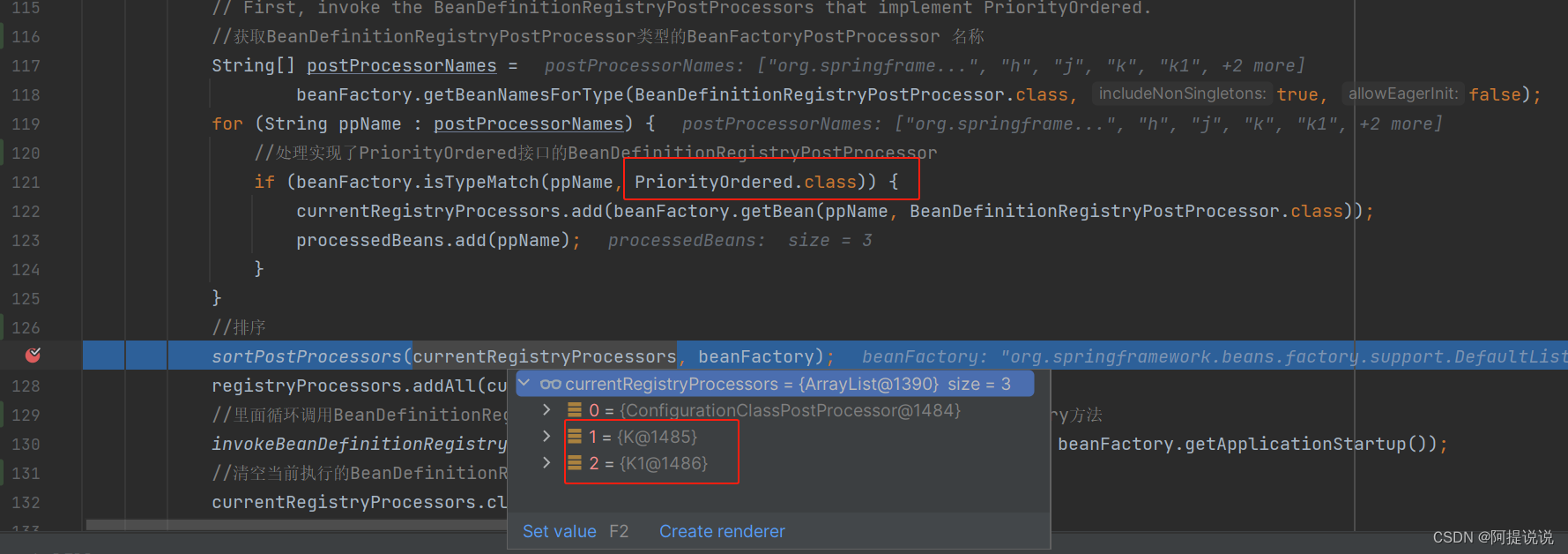
继续执行,下面来处理实现了Ordered接口的类

继续执行到了,循环处理部分,此处会处理在J类中增加的I类。
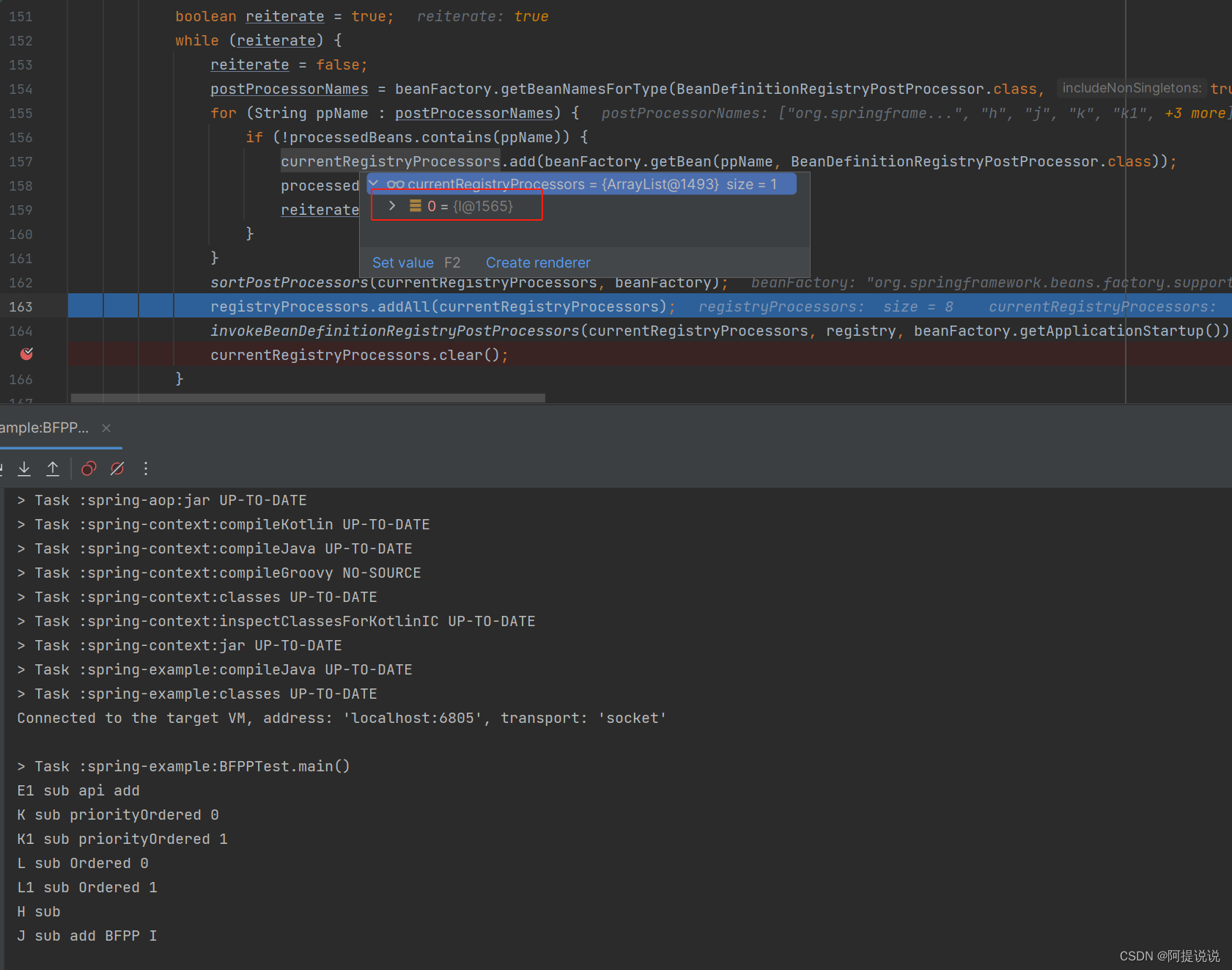
继续执行,开始处理实现了BeanDefinitionRegistryPostProcessor接口父类的postProcessBeanFactory方法
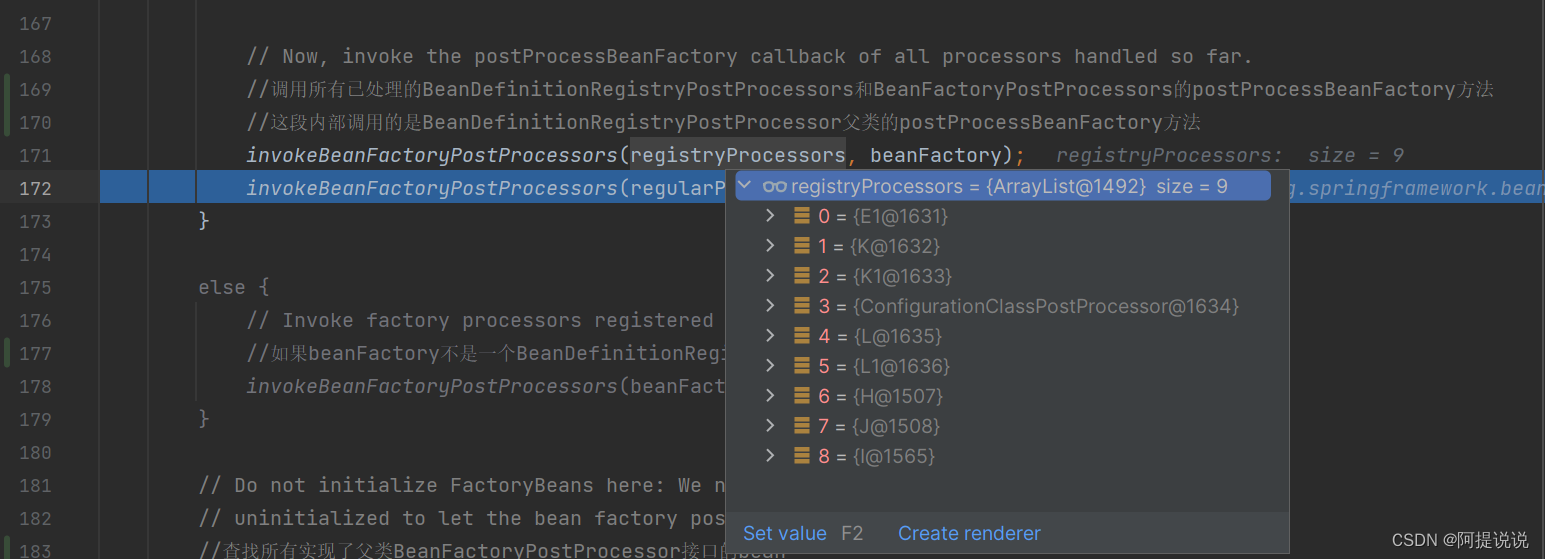

下一步接口处理通过最开始采集到的regularPostProcessors中的BeanFactoryPostProcessor,此时这个里面只有一个E类,我们通过api接口添加

到这里为止,BeanDefinitionRegistryPostProcessor接口的类已经处理完毕。
接口处理BeanFactoryPostProcessor接口的类,会把实现了BeanDefinitionRegistryPostProcessor接口的类也找出来,因为BeanDefinitionRegistryPostProcessor是BeanFactoryPostProcessor的子类
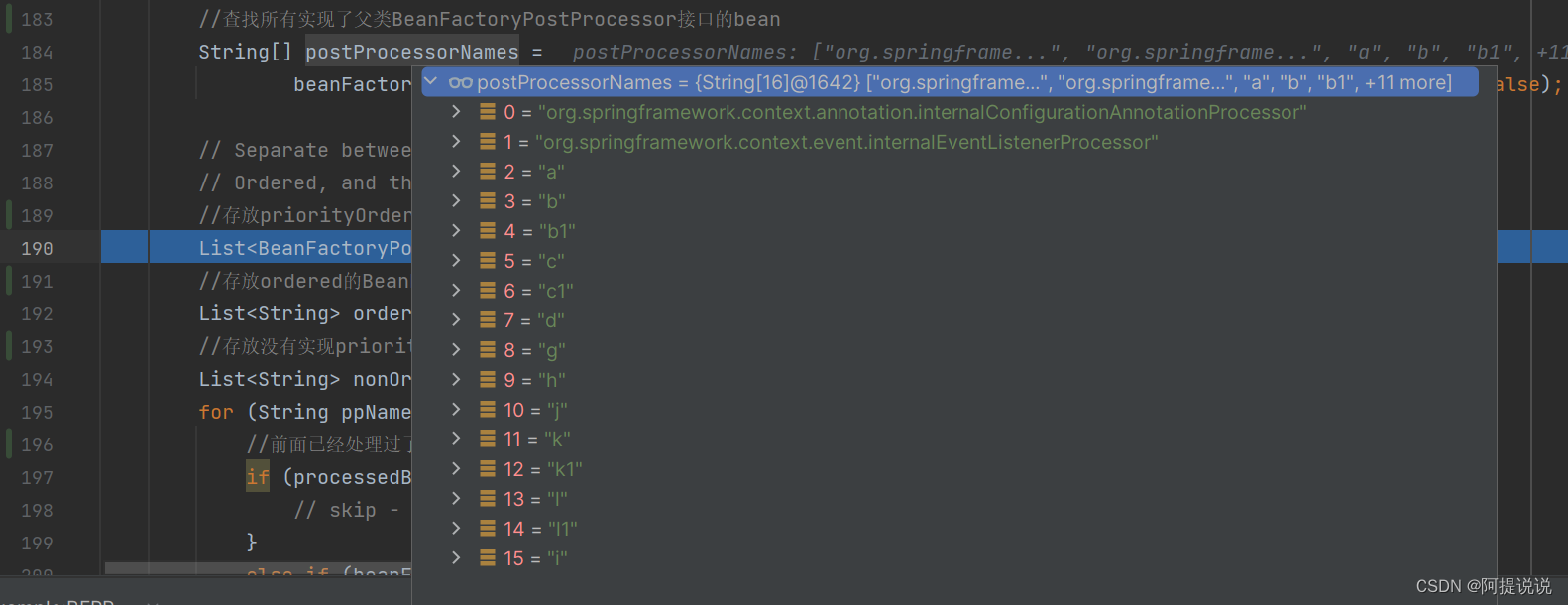
后面是同样的操作,先处理实现了PriorityOrdered接口的类,再处理Ordered的类,最后出来其他类。加了@Order注解的类,是当做没有实现排序类处理,所以加@Order注解对于排序在这里同样是没用的,跟BeanPostProcessor一样。

最后,清除缓存的合并Bean definitions,为什么要清除?好像是在并发环境下会获取到老的Bean。见:https://github.com/spring-projects/spring-framework/issues/18841
至于对BeanDefinition的修改,在G类里面将F对应的Bean类修改为F1,最后从容器中获取的Bean也是确实变成了F1。

作者其他文章推荐:
基于Spring Boot 3.1.0 系列文章
- Spring Boot 源码阅读初始化环境搭建
- Spring Boot 框架整体启动流程详解
- Spring Boot 系统初始化器详解
- Spring Boot 监听器详解
- Spring Boot banner详解
- Spring Boot 属性配置解析
- Spring Boot 属性加载原理解析
- Spring Boot 异常报告器解析
- Spring Boot 3.x 自动配置详解

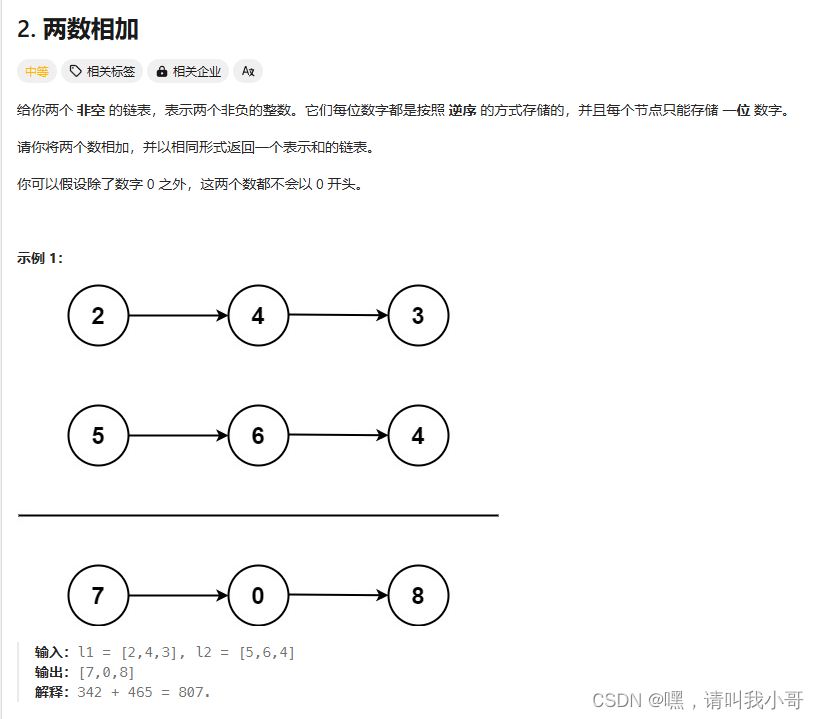


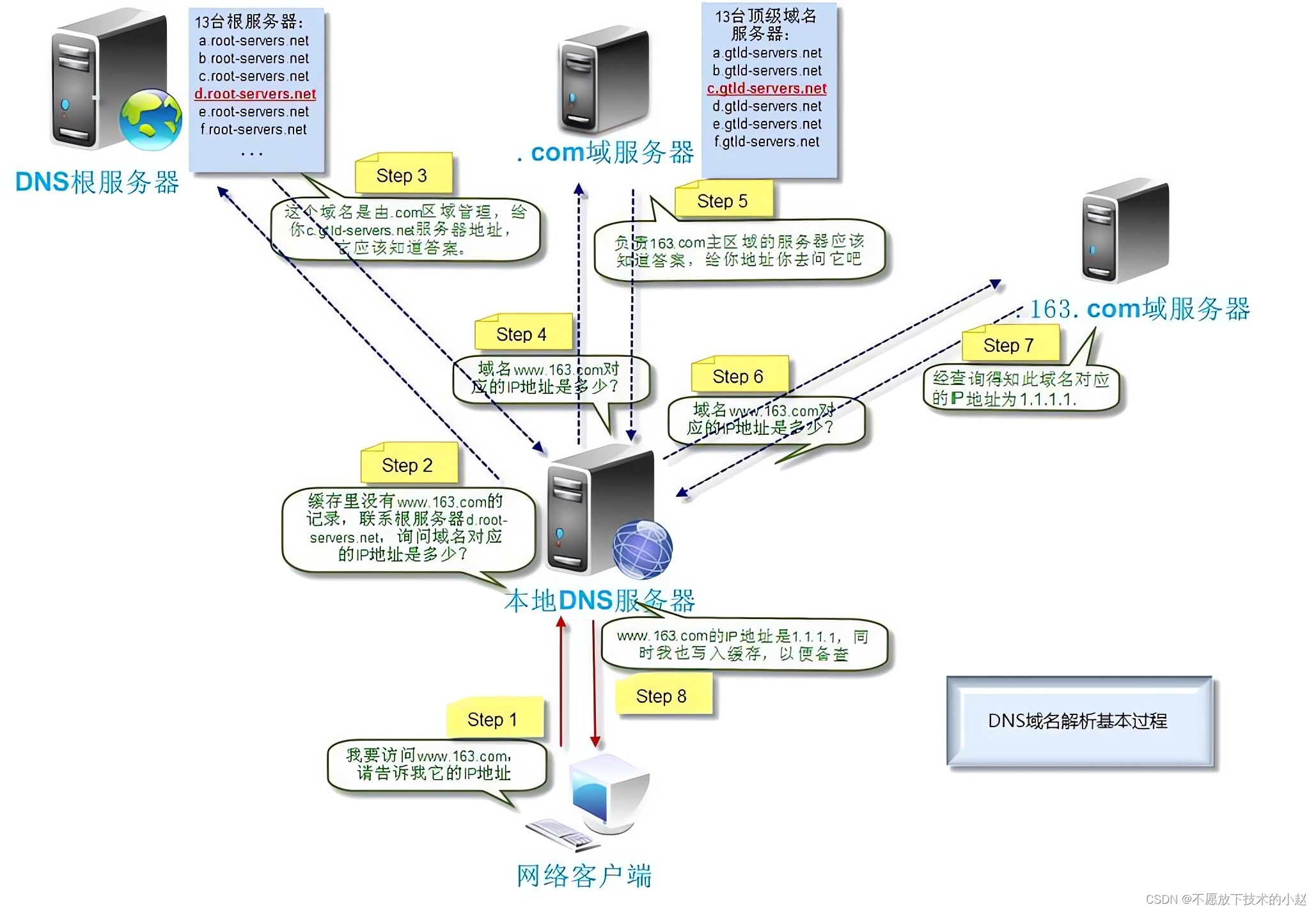
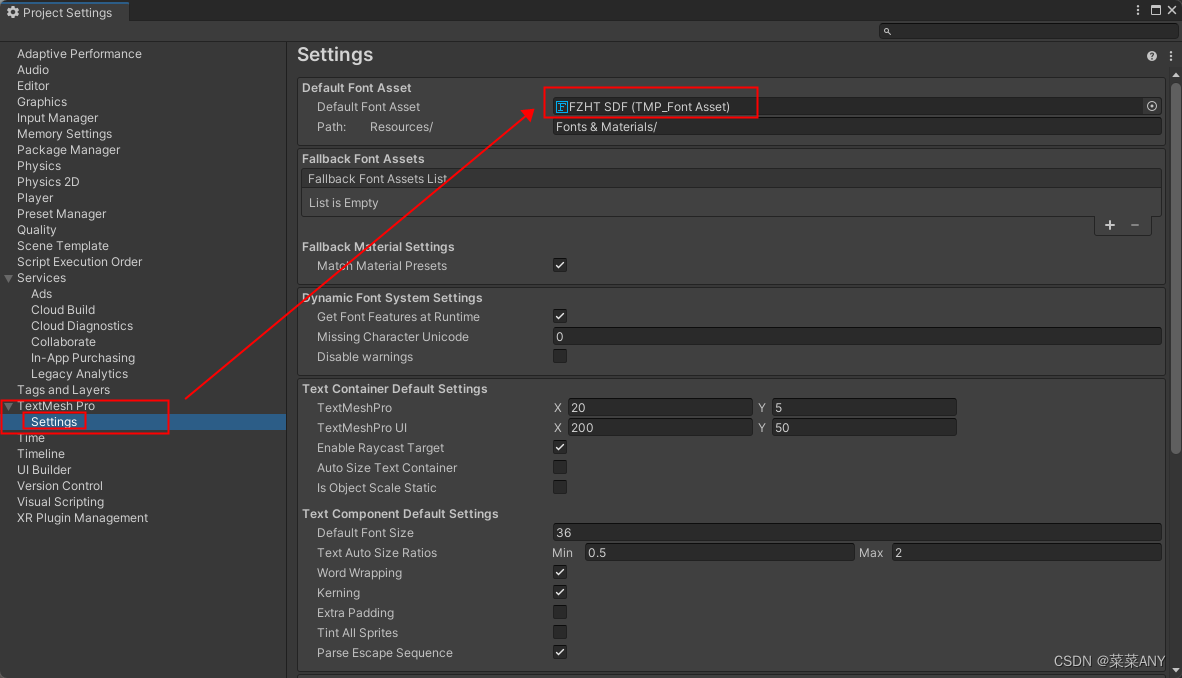
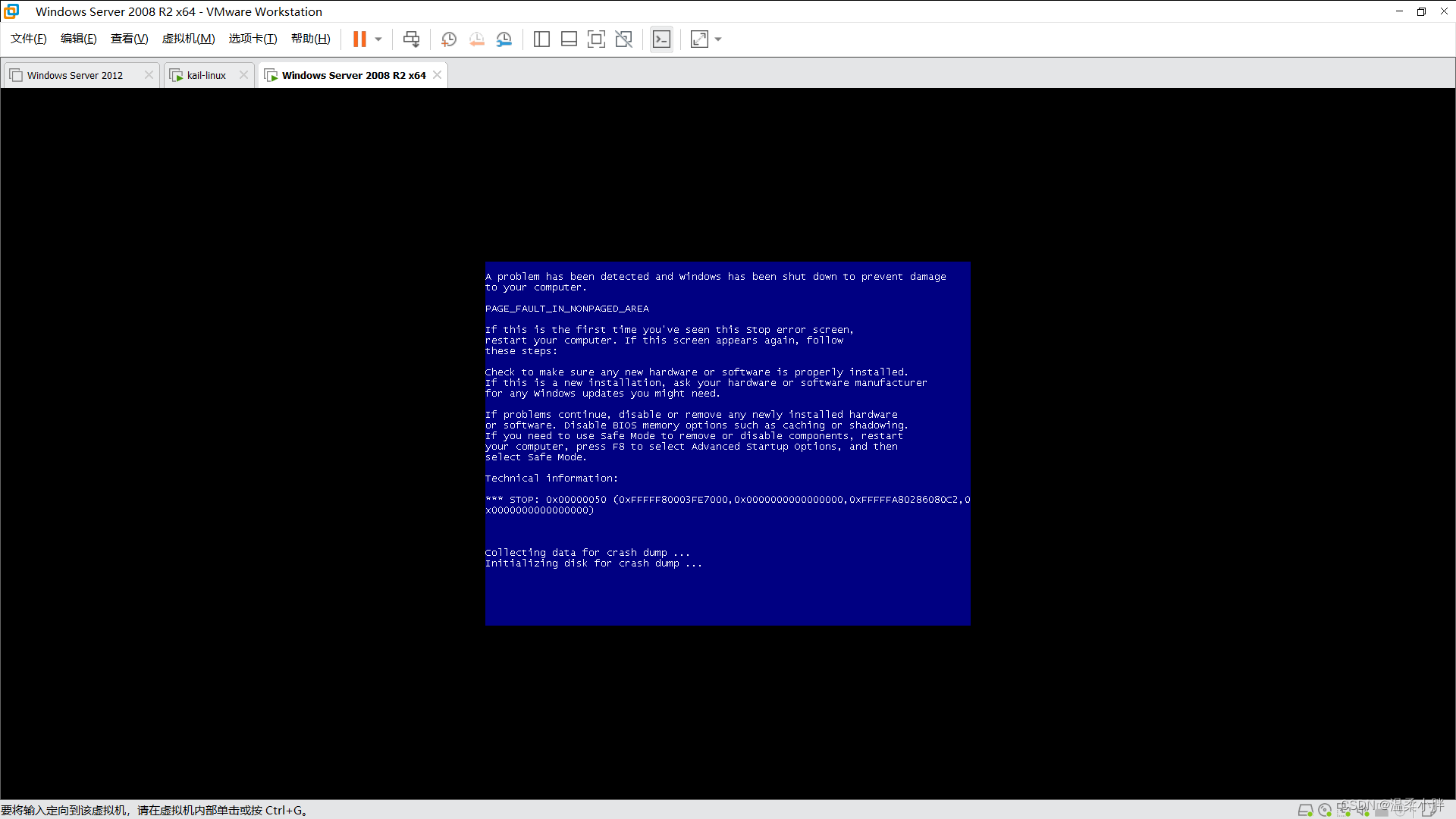



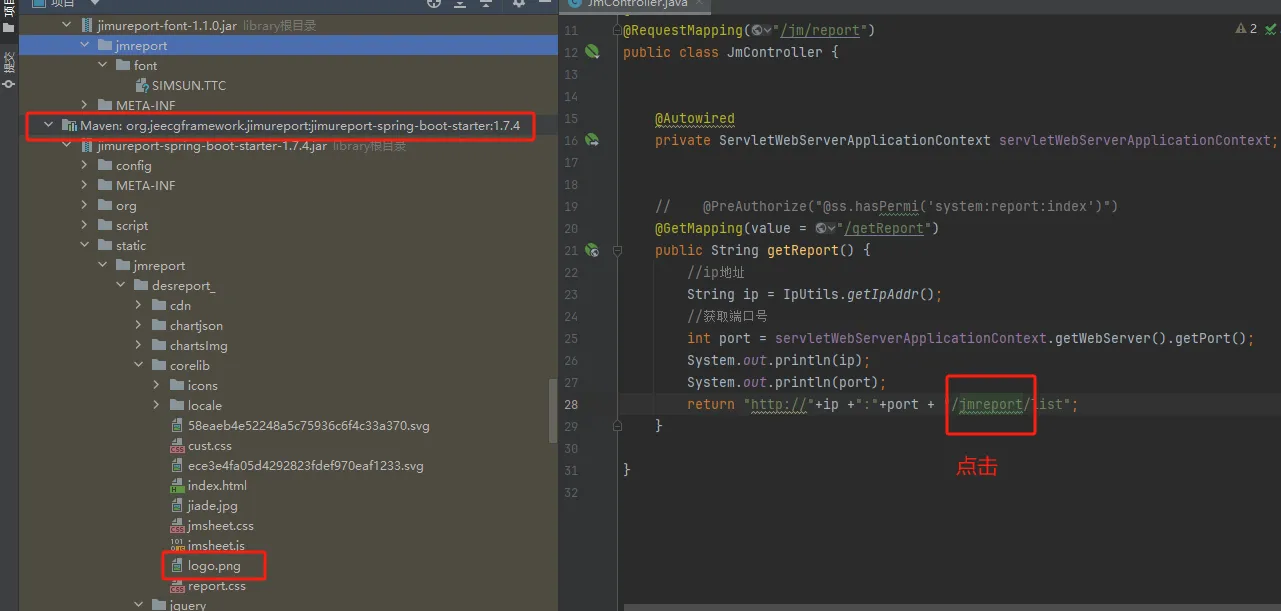
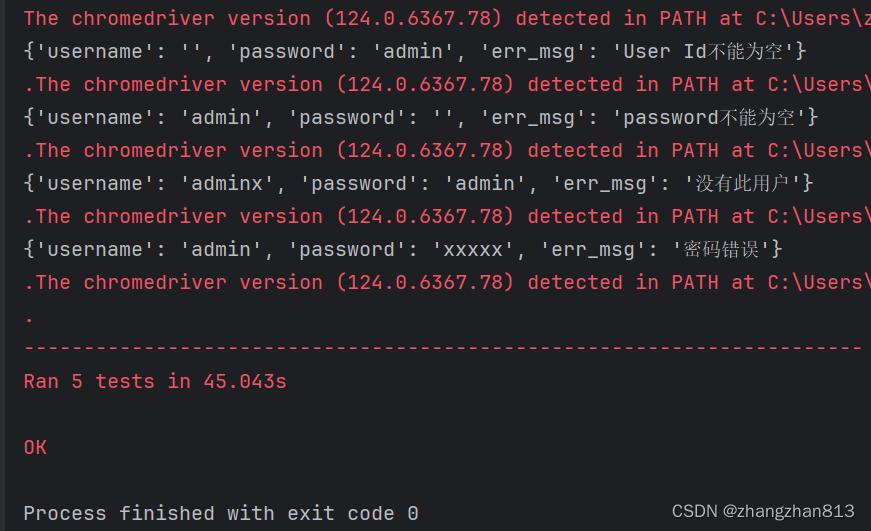



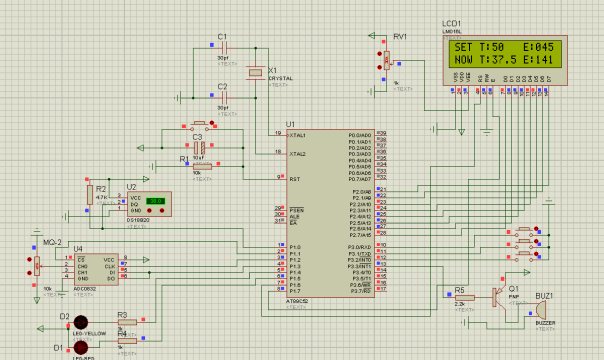
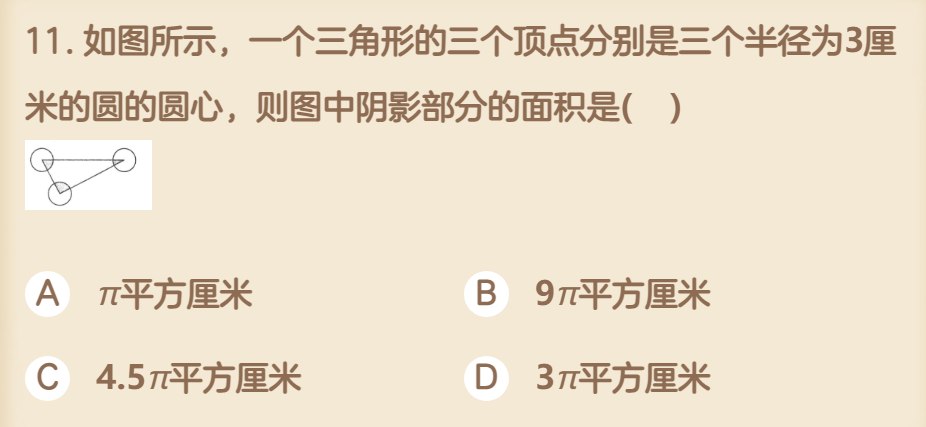
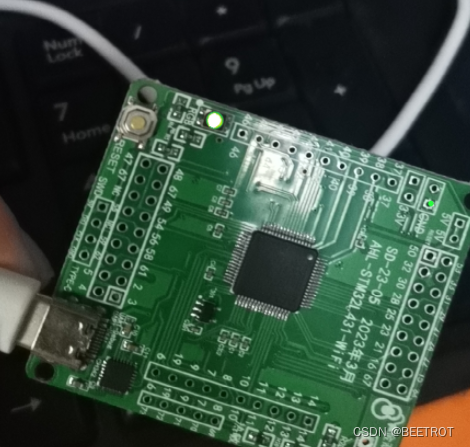
![[C++数据结构之看懂就这一篇]图(上)](https://img-blog.csdnimg.cn/img_convert/d6a4016ed68d8491e43827dfddb79e79.png)
